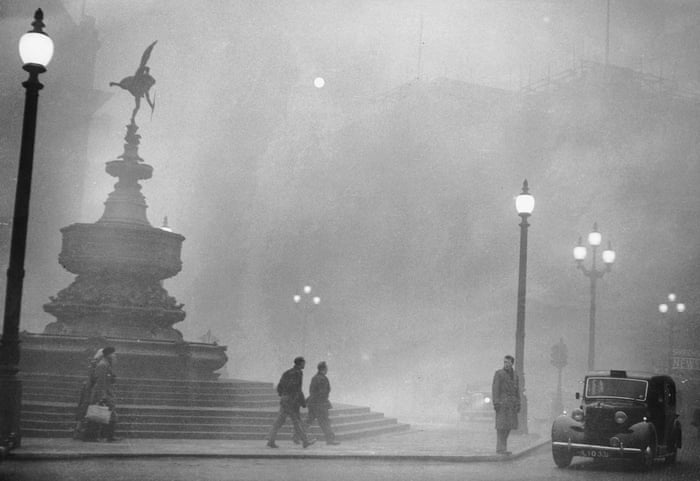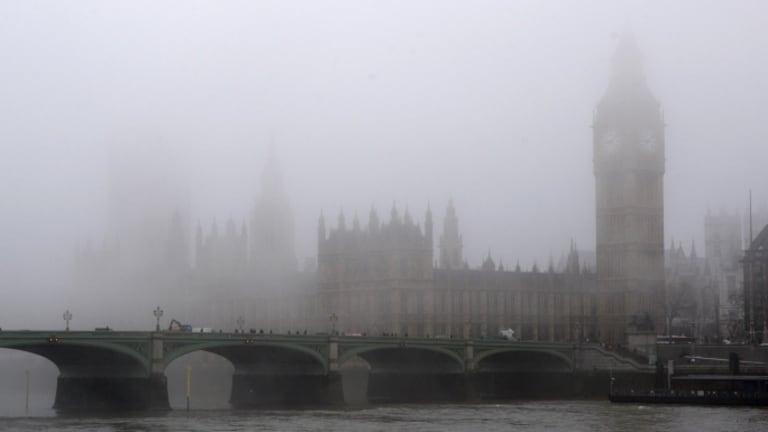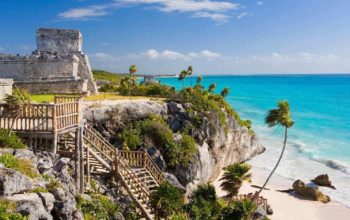Heavy smog begins to hover over London, England, on December 4, 1952. It persists for five days, leading to the deaths of at least 4,000 people.
The following written content by History Editors

Heavy smog begins to hover over London, England, on December 4, 1952. It persists for five days, leading to the deaths of at least 4,000 people.
It was a Thursday afternoon when a high-pressure air mass stalled over the Thames River Valley. When cold air arrived suddenly from the west, the air over London became trapped in place. The problem was exacerbated by low temperatures, which caused residents to burn extra coal in their furnaces. The smoke, soot and sulfur dioxide from the area’s industries along with that from cars and consumer energy usage caused extraordinarily heavy smog to smother the city. By the morning of December 5, there was a visible pall cast over hundreds of square miles.
The Great Smog of 1952 became so thick and dense that by December 7 there was virtually no sunlight and visibility was reduced to five yards in many places. Eventually, all transportation in the region was halted, but not before the smog caused several rail accidents, including a collision between two trains near London Bridge. The worst effect of the smog, however, was the respiratory distress it caused in humans and animals, including difficulty breathing and the vomiting of phlegm. One of the first noted victims was a prize cow that suffocated on December 5. An unusually high number of people in the area, numbering in the thousands, died in their sleep that weekend.
Follow News Without Politics for more interesting and relevant, important U.S. and world news stories plus health, entertainment, sports, weather, food and more without media bias.
Stay informed daily. unbiased news fair and balanced, ahead of influence.




